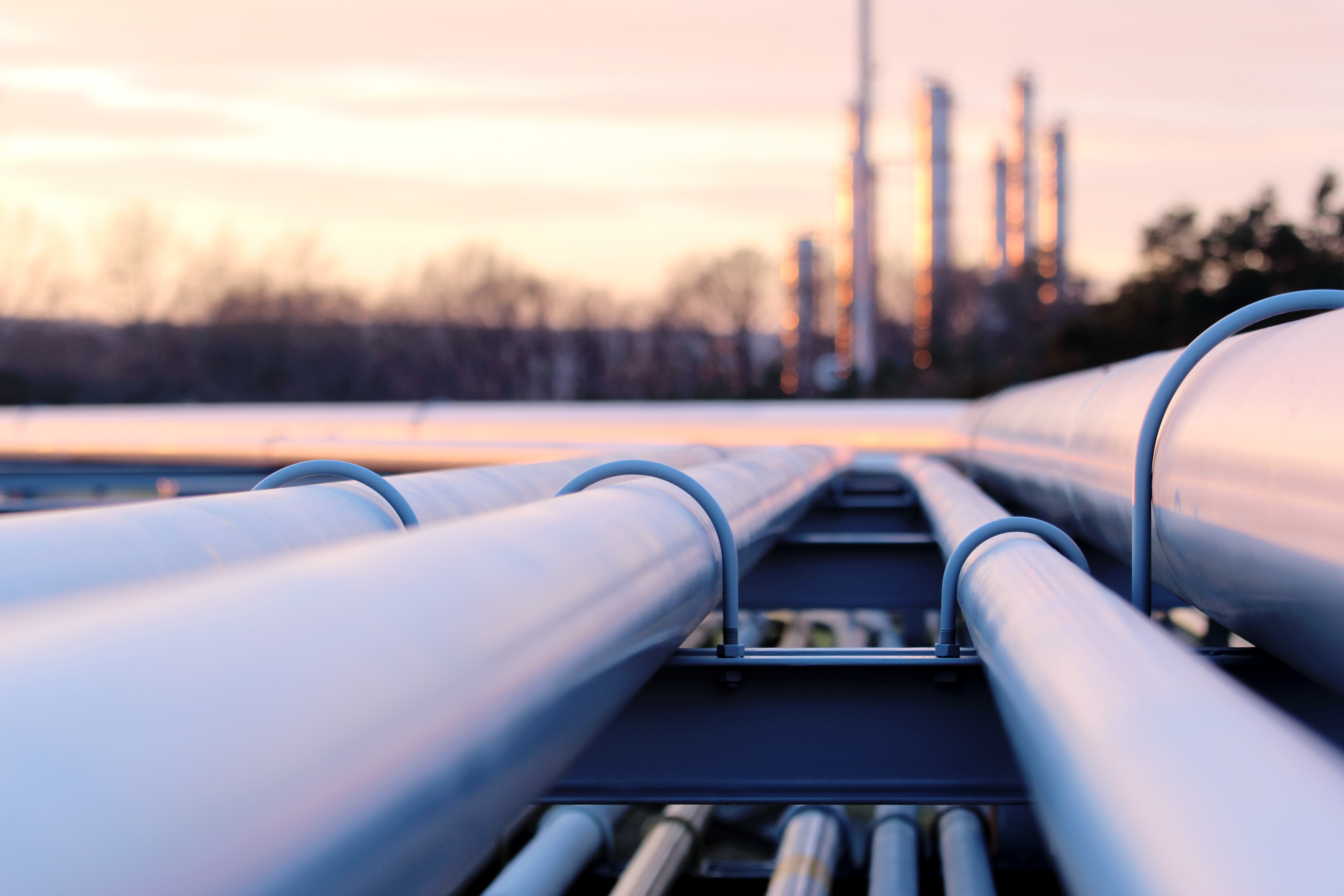

Nearly 20 years after shipping its first batch of crude oil, Sudan hopes it can recapture some of that same excitement when rebuilding its troubled oil sector. The last two decades have proved painful, with the country split and economy wracked by sanctions, but Sudan’s new oil minister, Azhari Abdalla has set his sights on a new bid round next year to attract investments in what he hopes will be Khatoum’s “second oil boom”.
South Sudan’s seceded in 2011, taking around three-quarters of the country’s oil resources with it. The loss has been compounded by lower oil prices since the middle of 2014, pushing the government to default on some of its financial obligations.
Some US sanctions were removed in October 2017, and Abdalla hopes the rest will be lifted some time next year after a new phase of dialogue with Washington.
The country’s oil production peaked at nearly 500,000 barrels a day (b/d) in 2007, but Abdalla, speaking on the sidelines of the Abu Dhabi International Petroleum Exhibition and Conference on 13 November, said the precipitous fall has not been due to a lack of resources.
Sudan plans to offer 16 blocks next year for exploration, to kickstart plans to boost production back up to 120,000 b/d. The bid round was meant to be held in 2018, but has been postponed as the oil ministry revised the block sizes. Now it hopes to hold the licensing round in the third quarter of 2019, using a profit sharing contract model.
"Along with the bid round, we are in bilateral talks with CNPC, Petronas and ONGC. Petronas is looking at two blocks in the Red Sea, 15 and 13. They have concluded the first step, and we are working on the data with them, studying an agreement. The blocks have tested gas and condensates in shallow water of 40 metres depth near the port."
The blocks will vary from greenfield areas, with proven resources, to areas with idle oil and gas fields that cover nearly 20 per cent of the country. They stretch from the northeast Red Sea, where Petronas is looking at 2 blocks, down to the south.
“This will be the start of Sudan's second oil boom.” Production currently stands at 75,000 b/d to 77,000 b/d, and Abdalla hopes this could reach 120,000 b/d this time next year.
The partial lifting of sanctions has allowed international companies to work in Sudan again.
“Baker Hughes is now on the ground in Sudan, working and investing. They are poised to increase their presence in Sudan and are working with two of our oil companies after entering into a JV [joint venture] with our national oil company,” said Abdalla.
The oil ministry is in direct talks with a number of potential investors. Abdalla, who was appointed in May, has also been working to build a new relationship with his South Sudanese counterpart Ezekiel Lul Gatkuoth. The two oil ministries signed an agreement in June to cooperate on the oil sector. This includes reviving production from fields which have been idle for six years in the South.
“We are opening up our fields, refineries, laboratories and facilities to be available for the South,” Abdalla said.
The first field to be revived was Toma South on 25 August. Output was restarted by Sudan National Petroleum Corporation, or Sudapet, at 10,000 b/d coming from six wells. This figure has already risen to 19,000 b/d, said Abdalla, and Sudapet will continue to operate the block until another operator is able to come in for South Sudan.
Unity is another field in South Sudan, which is being operated by Sudapet. The field was producing 30,000 b/d before the war broke out between the north and south in 2013. Now it’s back at 35,000 b/d to 40,000 b/d, Abdalla explained.
“We were asked to help in the absence of any investors. We are using our own operating company. Once they have an operator to take over, we will pull out,” he said.
Production from the southern fields is pumped by pipeline through the north to Port Sudan and the first 600,000 barrel cargo is due to be shipped in November “for the interest of the South”, according to Abdalla .
If Sudan can resume its own exports, something Abdalla hopes could happen in just three years, this would be a sharp reversal of fortunes. The country has been forced to import after the South’s secession, causing its foreign currency reserves to dwindle, but Sudan could be a net exporter in the next five years.
The oil ministry also has other projects in mind. It is in early discussions over the development of a new 200,000 b/d grassroots refinery on its Red Sea coast to help it cope with rising oil product demand. Most of its products are currently imported, a significant burden on the treasury.
Sudan has a total installed capacity of about 150,000 b/d, but only 110,000 b/d of that is operational, mostly at the 100,000 b/d Al-Jalil complex in Khartoum and the small El-Obeid topping plant.
Port Sudan, the planned location for the new refinery also houses a small 21,000 b/d refinery that was built in the 1960s, but is no longer operational.
You might also like...

Algeria signs oil deal with Swedish company
19 April 2024

Masdar and Etihad plan pumped hydro project
19 April 2024

Ewec signs Ajban solar PV contract
19 April 2024
A MEED Subscription...
Subscribe or upgrade your current MEED.com package to support your strategic planning with the MENA region’s best source of business information. Proceed to our online shop below to find out more about the features in each package.





